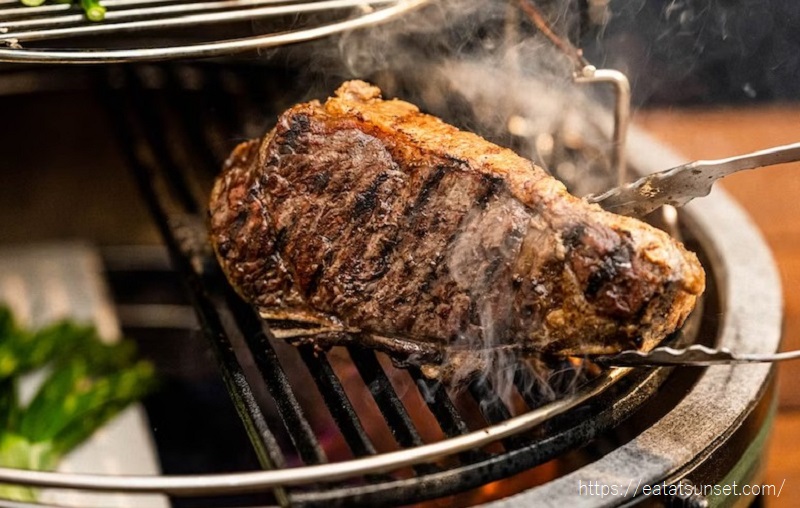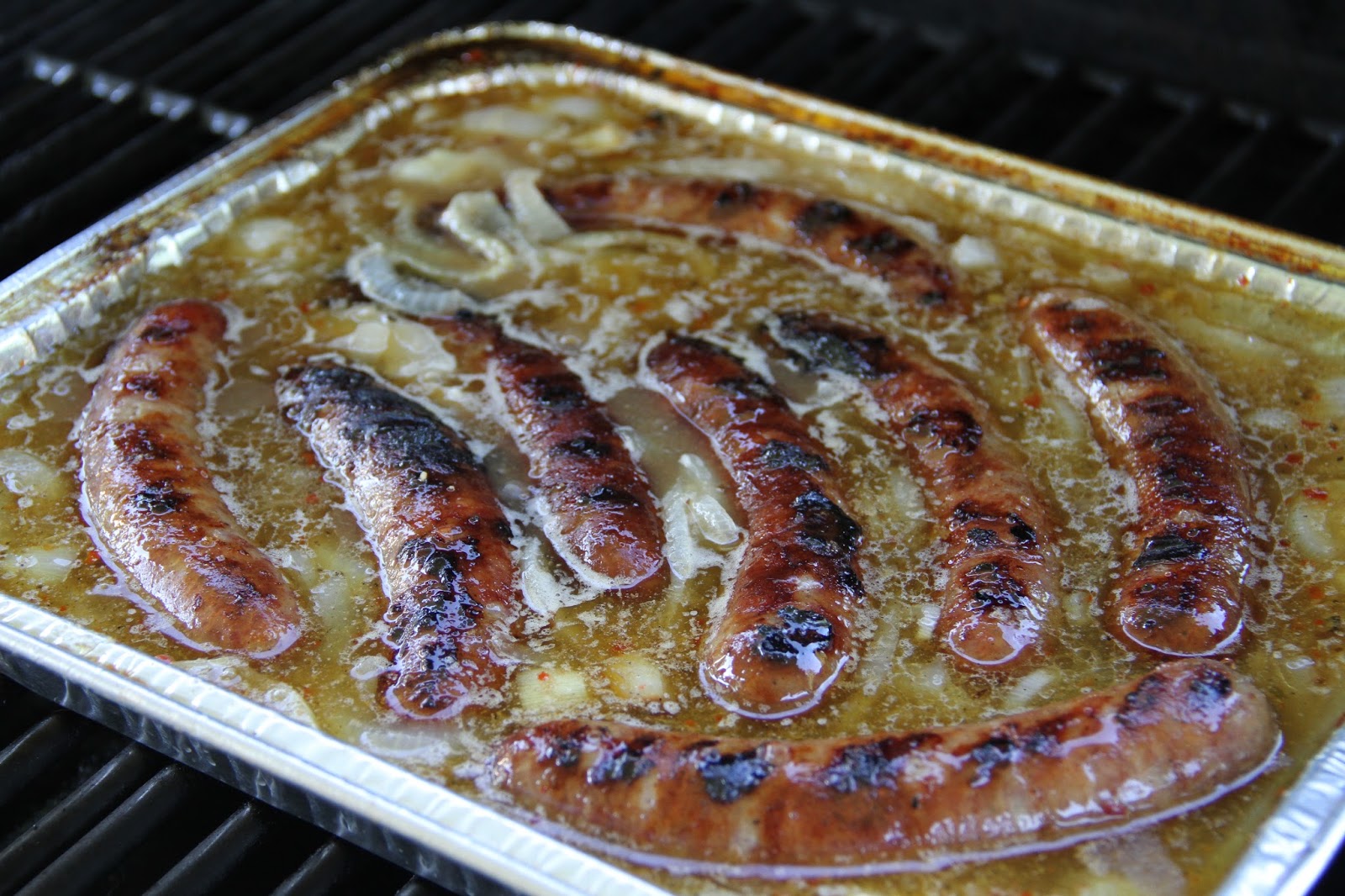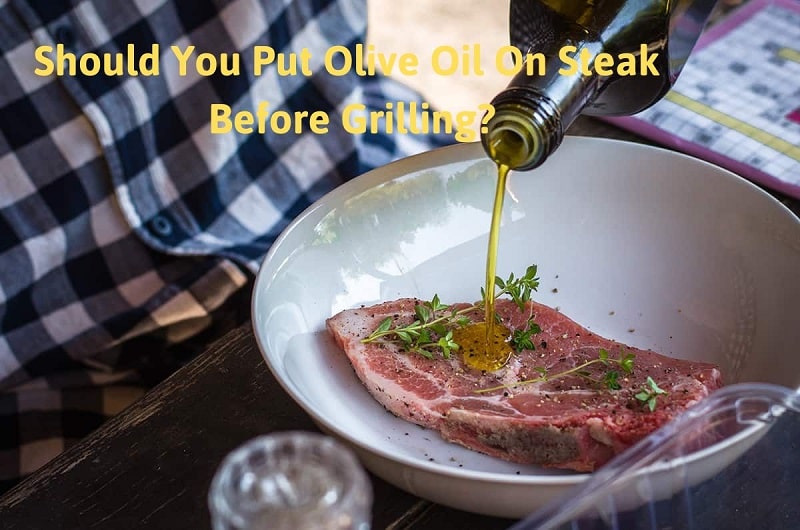While there are various excuses, failing to handle the temperature is the most common reason individuals quit their charcoal grill. How to add more charcoal to grill while cooking? Unlike gas grills, adding extra charcoal to a grill while it is cooking takes some expertise. Therefore, Sunset Bar and Grill will provide you with the greatest advice for your hot summer BBQ dinner.
How to add more charcoal to grill while cooking?
1. Using a chimney starter
The simplest way to add more charcoal to a grill is to start a chimney starter of charcoal and place it into the current coal bed. You may light a bunch of new coals in the chimney starter, then pour them on top of the existing coals and spread them out to mix them.
If you plan on cooking for an extended period of time and are certain that the present batch of coals will not survive, insert some unlit coal in the chimney starter and light it as soon as the heat begins to fade. This will definitely allow you to maintain and distribute the heat eventually.
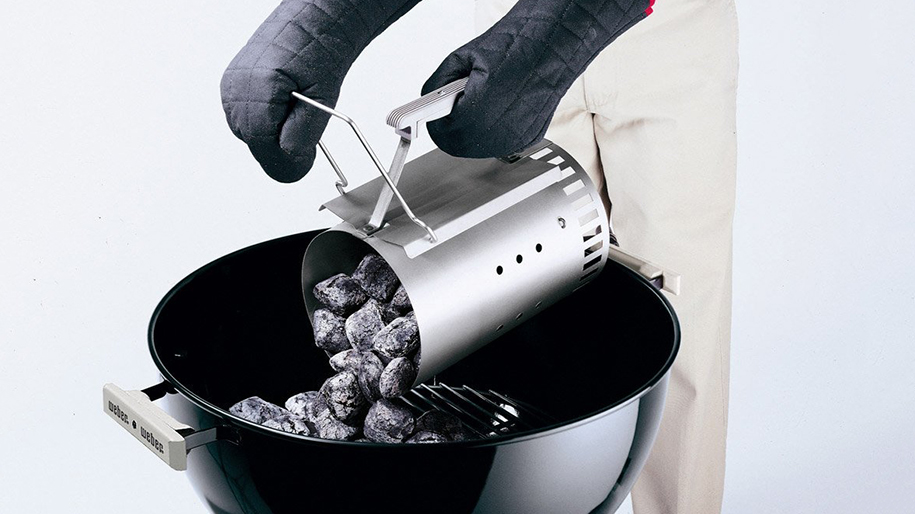
Starting a chimney starter is the easiest way to add more charcoal to a grill.
2. Using unlit charcoal
Another useful tip is to use unlit charcoal to add extra charcoal to the grill. Place a single layer of charcoal evenly over the lighted coals after gently removing the meat and grill grate. It shouldn’t take long for it to catch, and if you’re closing the hood, open the vents to let a little more air in till it catches fire.
With a pair of long grill tongs, insert the unlit briquettes into the burning coals in a few different positions around the pan. Add 3–4 briquettes of unlit charcoal every 15 minutes. This allows you to keep new fuel in while also controlling the smoking temperature.
How to maintain a charcoal grill at the right temperature?
1. Build a two zone fire
Charcoal grills, unlike smokers, require a separate setup to lower cooking temperatures. It’s simple to set up a two-zone grill. Stack lit coals on one side of the grill only when moving them into the grill. Convection cooking will be used to cook food in the indirect cooking zone, which means heated air will circulate around the food. It will ensure that the meat is cooked evenly throughout, not just on the top. Searing takes place in the hot zone, whereas indirect cooking takes place in the cooler zone.
2. Adjust the vent
There are vents on the bottom and top of grills. They let air flow across the coals. More airflow means a hotter grill when cooking with charcoal. This is the opposite to gas grilling, where opening the lid will just let heat escape. The best range of notches on your intake damper for consistently delivering 225°F under most situations is six to eight notches. Grilling burgers at around 230°F for medium-sized burgers and 250°F for large-sized steaks is advised.
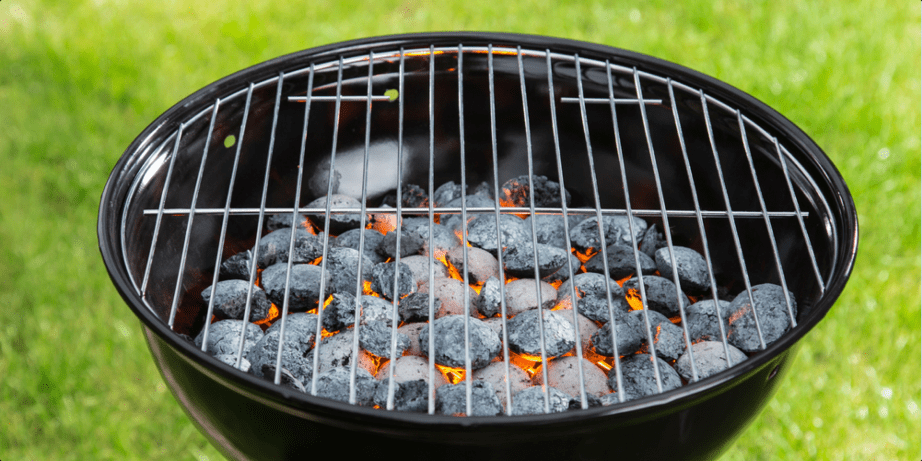
Air vents let air to circulate over the coals.
Frequently Asked Questions
1. How long will a charcoal grill stay hot?
Charcoal may stay hot for up to an hour most of the time. This depends on how well the fire has been maintained, and if you’re careful, charcoal may stay hot for a long time. Just keep in mind that the charcoal will quickly burn out. To keep cooking, make sure you’re burning charcoal on a consistent basis.
2. Do you leave the lid open or closed when heating charcoal?
Remember to keep your grill cover off while lighting your coals since greater air movement is preferable. If you close the lid during the lighting procedure, the fire will be extinguished and you will have to restart. Close the lid after the coals are well-lit.
3. How do I make my grill hotter?
The temperature may be increased or decreased by adjusting the air dampers. The more air that enters the grill, the hotter it will get. The colder your grill becomes, the less air it receives. Most of the charcoal grills come with two dampers: one on the top lid and one on the bottom bowl. When lighting your charcoal and setting up the grill, make sure the dampers are open.
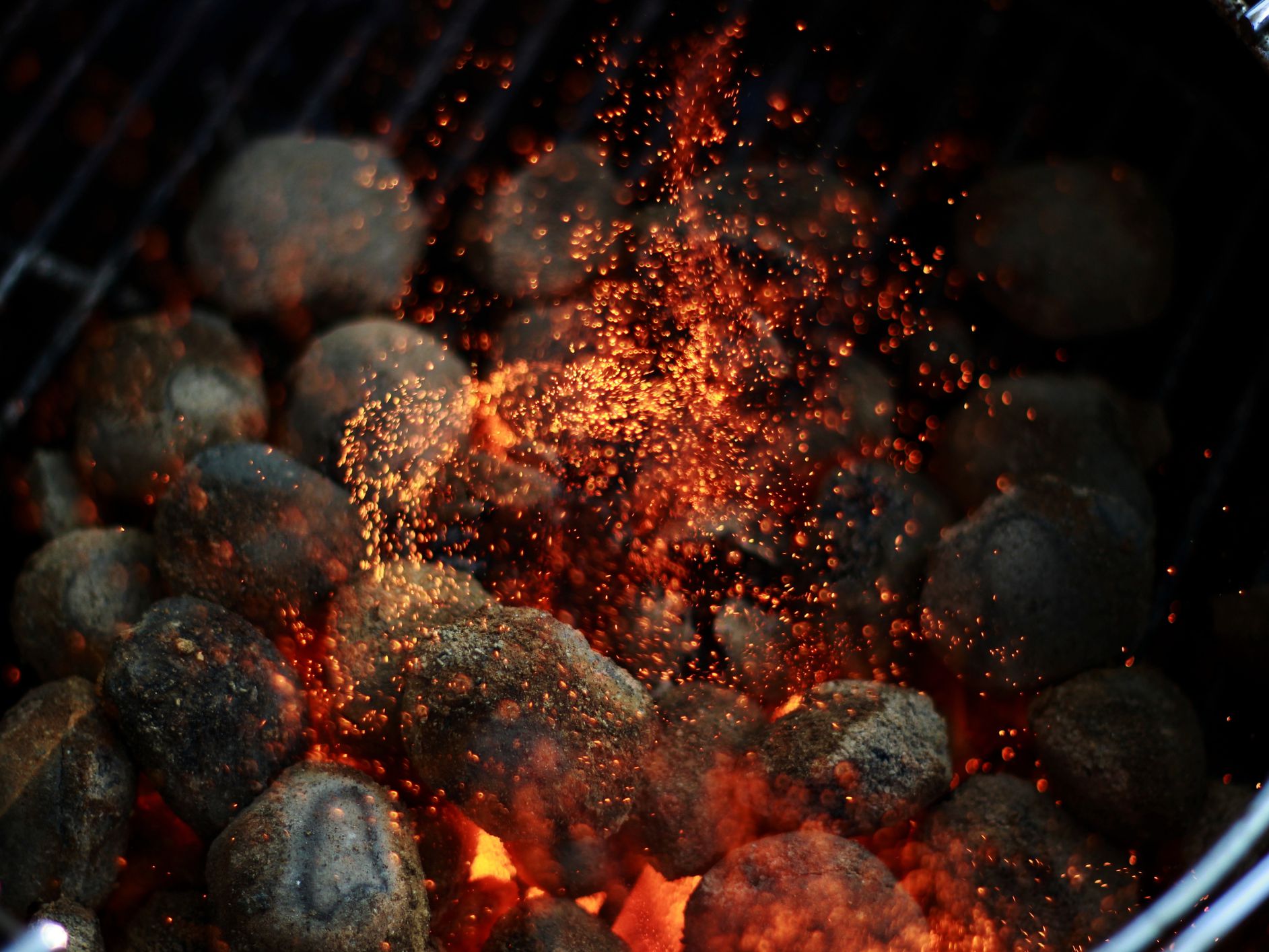
The grill will become hotter as more air enters.
4. How long do you let charcoal burn before cooking?
When the coals are covered with gray ash, they are ready to use. Before adding any food on the grill, make sure it’s nice and hot. Cover the grill with the lid after lighting it and let the charcoal heat up for at least 15 minutes. The flames will go out after a while, and the edges of the coals will become gray. The ash will eventually spread to each briquet. The coals have now been distributed out and are ready to be used.
5. How much charcoal do you put in a grill?
The main guideline when working with charcoal is that the more coal you use, the hotter your fire will be. For smaller or portable barbecues, a fair rule of thumb is 30 briquettes, and 50 to 75 briquettes for bigger barrels. On cold, windy, or wet days, you’ll need more charcoal.
In addition, add 5 to 6 briquettes every half hour to keep the temperature constant. Place the briquettes directly on the hot coals, evenly distributing them around the fire surface.
6. How many times can charcoal be reused?
Rather than dumping every piece of used charcoal every time you fire up the grill, put in 2 to 3 times as much as you require. Much of the charcoal is either partially or completely unburned. Some of us will let it burn out completely, while others will simply close the lid and throw it away before the next grill. However, tossing them out after one usage is a huge waste of money.

It’s a waste of money to throw out charcoal after only one use.
Closing Points
Adding extra charcoal to the grill while cooking is not always straightforward as you desire. If you need to top-up your charcoal supply throughout the grill, there are a few simple and practical ways to do it. For additional helpful hints, see our article on the way to add more charcoal to grill while cooking.
See more:

